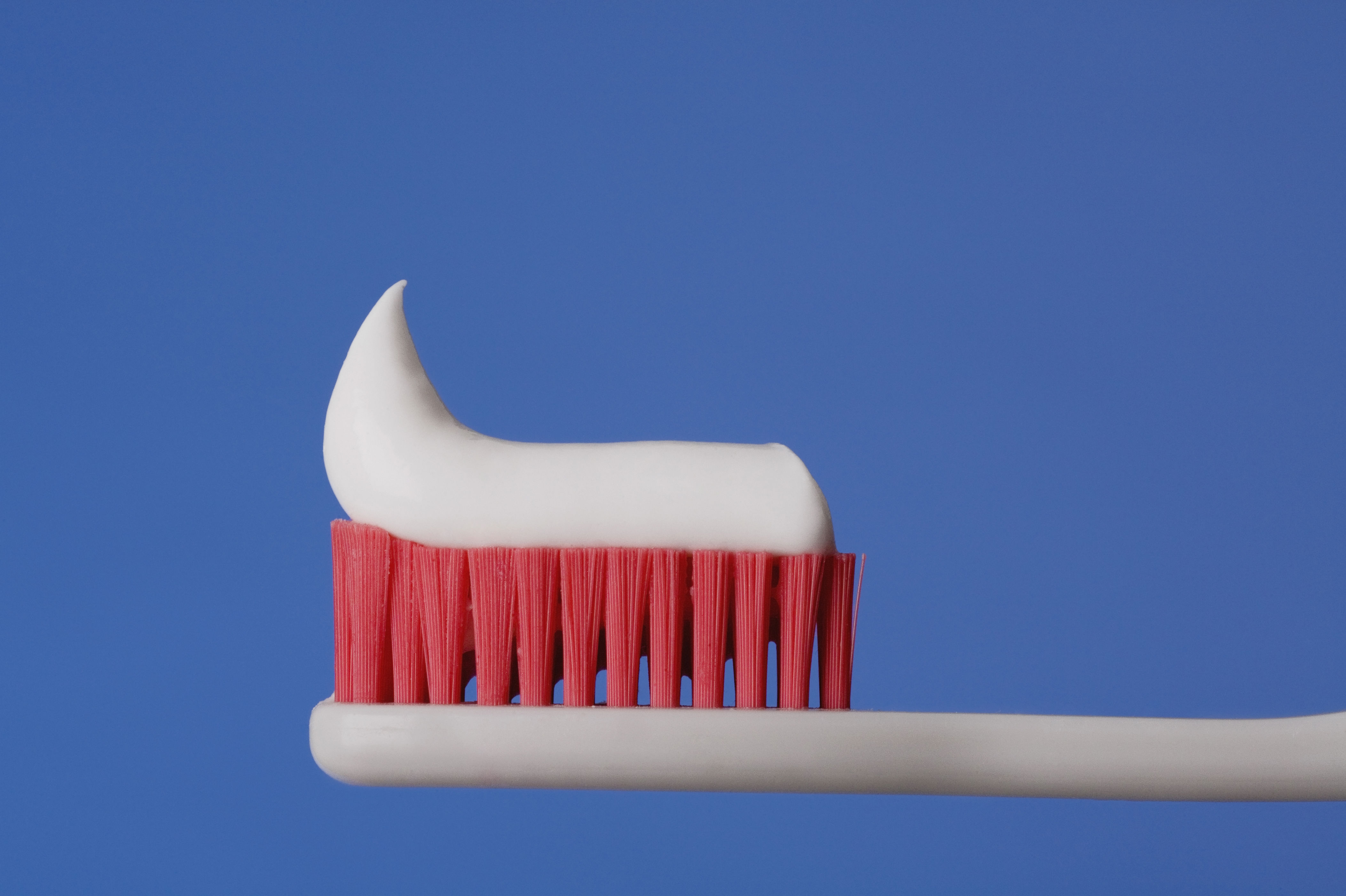Is fluoride helpful or harmful? Experts cut through the confusion.

Fluoride is a mainstay of dental care, whether it’s delivered in a treatment at your dentist’s office or in your toothpaste. But fluoride has become the focus of several conspiracy theories over the past few years, raising questions about its use. Some people allege that fluoride is harmful, while others say it’s a helpful tool in good dental health. Who is right? Here’s what you need to know about fluoride, as well as all the misinformation swirling around it.
What is fluoride?
Fluoride is an element that’s naturally found in rivers, lakes and oceans, as well as in some foods and drinks, according to the American Dental Association (ADA). “It is also added to public water supplies,” Dr. Michael Kosdon, a dentist at Smiles of NYC, tells Yahoo Life. Fluoride is known as “nature’s cavity fighter,” according to the ADA, and it’s often added to dental products, including toothpaste, to protect teeth from cavities.
What does fluoride do?
Fluoride helps to strengthen your teeth, Rebecca Henderson, associate professor in The Ohio State University College of Dentistry, tells Yahoo Life. “Teeth, like bones in our body, are composed of minerals —primarily calcium and phosphate.” When someone has cavities, bacteria feed on refined carbohydrates that you eat and produce an acid byproduct in your mouth, Henderson says.
“This acid removes minerals from our teeth, breaking down layers of tooth structure and eventually leading to a hole or a cavity in the tooth surface,” she explains. “Fluoride helps to strengthen the tooth surfaces by returning and preserving the lost minerals in our tooth, preventing a cavity from forming.”
Research has found that adding fluoride to water reduces the amount of tooth decay in young kids by 35%.
Can fluoride be harmful?
Fluoride is beneficial, say experts. According to the Centers for Disease Control and Prevention (CDC), it’s considered “one of 10 great public health achievements of the 20th century” thanks to its ability to prevent tooth decay. However, too much fluoride can cause fluorosis, “which presents as white streaks or blotchy white patches on the enamel,” Kosdon says. “These chalky areas are known as decalcified enamel and [in severe cases] are much weaker and prone to cavities.”
In most cases, fluorosis is cosmetic and isn’t harmful to your health. According to Henderson, it’s more common when children use multiple sources of fluoride over a long period of time. That can include drinking water with fluoride, using and mistakenly swallowing fluoridated toothpaste and taking fluoride supplements. “Having knowledge of the fluoride level in your community water system and the other amounts of fluoride your child under age 8 is ingesting is the key to preventing dental fluorosis,” she says.
There are claims online that fluoride is poisonous, but experts say that’s a stretch. Excessive amounts of fluoride can be harmful, but it’s rare and typically happens in young children. The ADA notes that you would have to drink five liters of water for every kilogram of body weight at once to have fluoride toxicity — which is a toxic amount of water.
On a cosmetic level, it is nearly “impossible to drink enough water that contains fluoride to actually create any discoloration,” Dr. Mark S. Wolff, dean at the University of Pennsylvania School of Dental Medicine, tells Yahoo Life.
The ADA also says this about having fluoride in water: “Water fluoridation is safe, effective and healthy. Seventy years of research, thousands of studies and the experience of more than 210 million Americans tell us that water fluoridation is effective in preventing cavities and is safe for children and adults.”
Should anyone avoid fluoride?
There are some populations who shouldn’t have fluoride. “I would definitely avoid fluoride in infants younger than six months,” Kosdon says. Using fluorinated water in baby formula may also increase the risk of mild fluorosis, according to the ADA. Kosdon adds that people with kidney disease may also need to avoid high levels of fluoride.
How to know if you’re getting the right amount of fluoride
Fluoride in community drinking water systems is regulated at the state and local level, Henderson says. If you drink water that’s not from a well, you’re getting at least some level of fluoride in your tap water. In fact, 75% of fluoride intake comes from drinking water with added fluoride and from food and beverages, such as sodas and fruit juice, made with fluoridated water, according to the CDC.
“For adults and children over the age of two, drinking fluoridated tap water, along with following instructions for daily use of toothpaste with fluoride, creates the best chance for the tooth to be strong enough to prevent tooth decay,” Henderson says. “For children under the age of two, a doctor or dentist should be consulted on the use of fluoridated toothpaste.” (In general, typically, a toothpaste smear the size of a grain of rice for children less than 3 years old, and no more than a “pea-sized” amount of toothpaste is recommended for ages 3 and up.)
If you’re unsure about your fluoride needs, it’s worth checking in with a dentist for personalized recommendations. However, experts stress that there’s no need to be scared of fluoride. “Public water fluoridation is seen as one of the leading public health measures, saving millions of dollars in dental care and decay and pain in people of all ages,” Wolff says.


